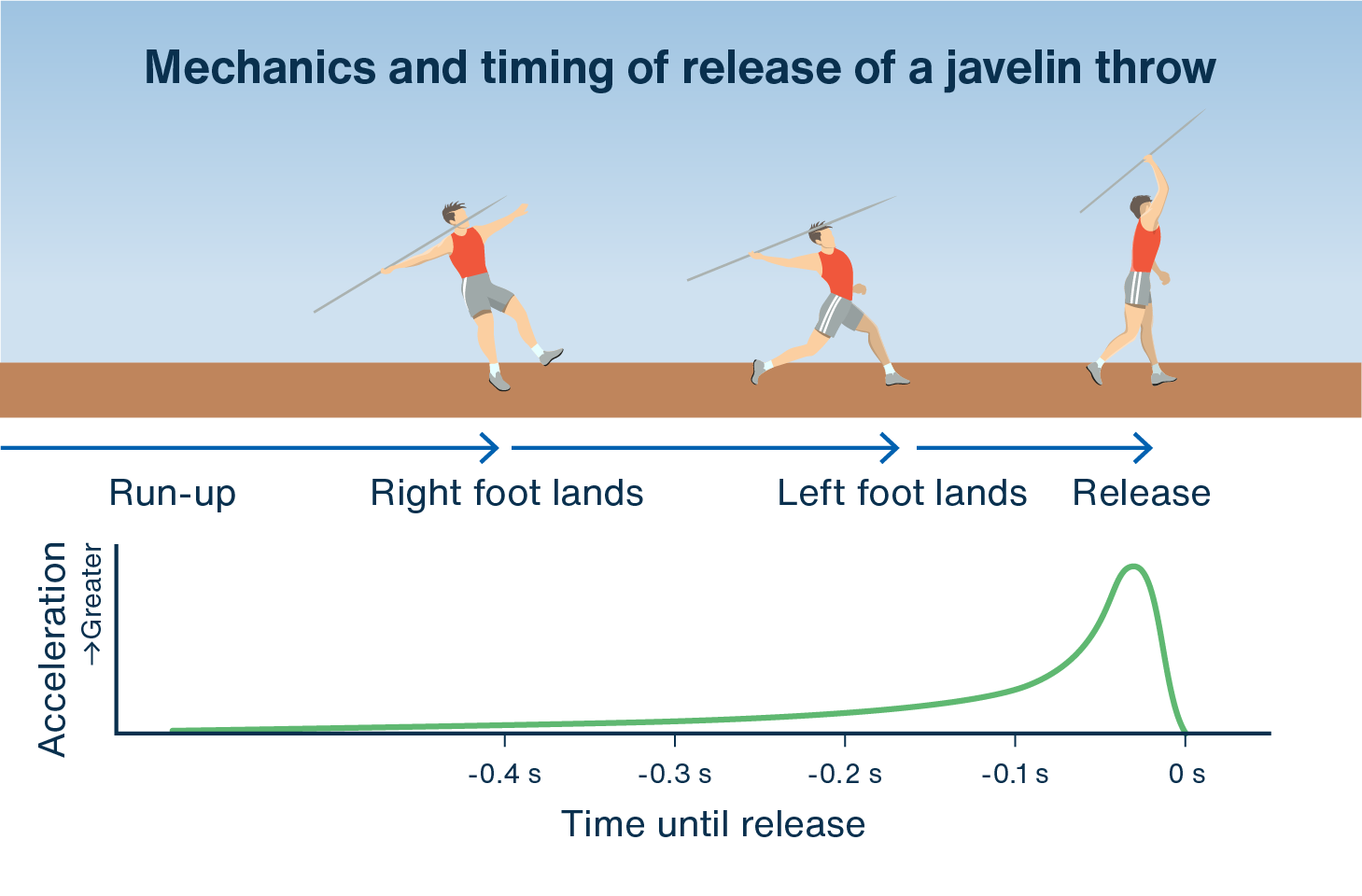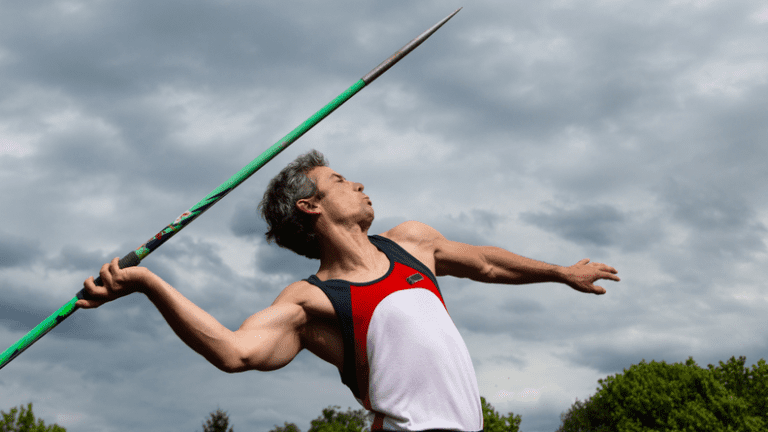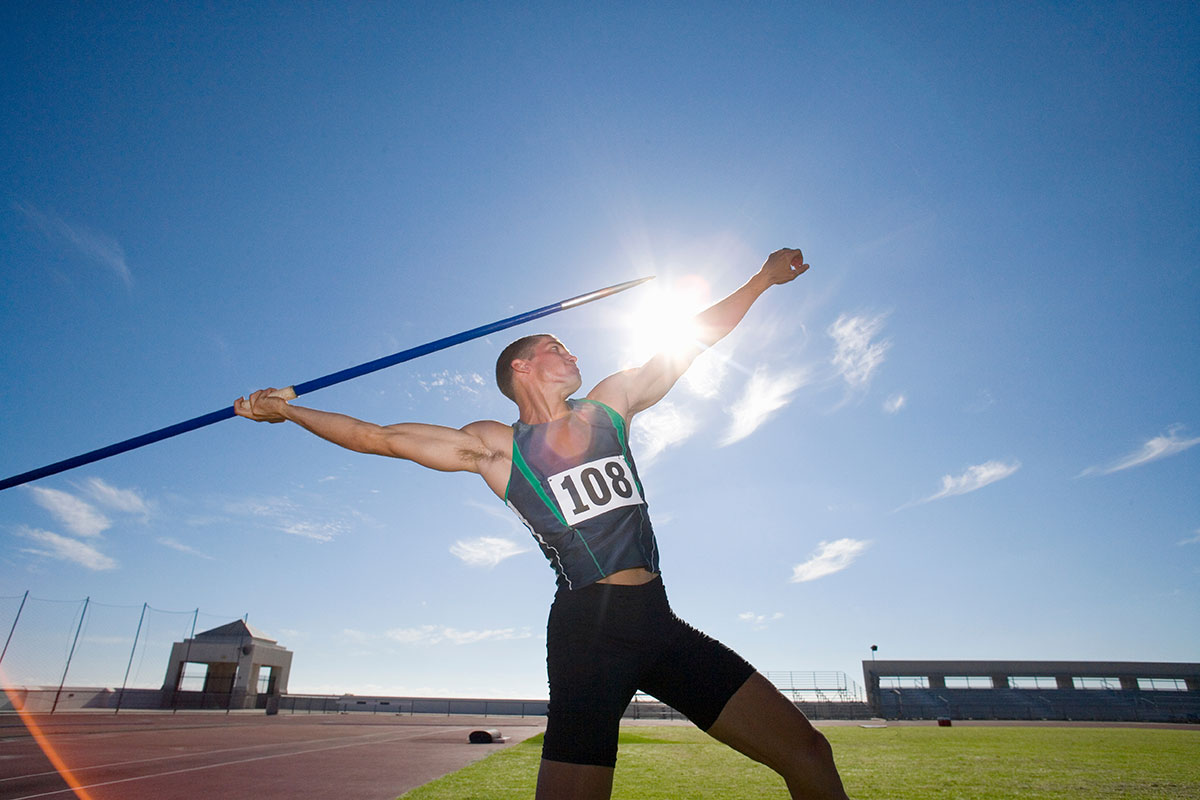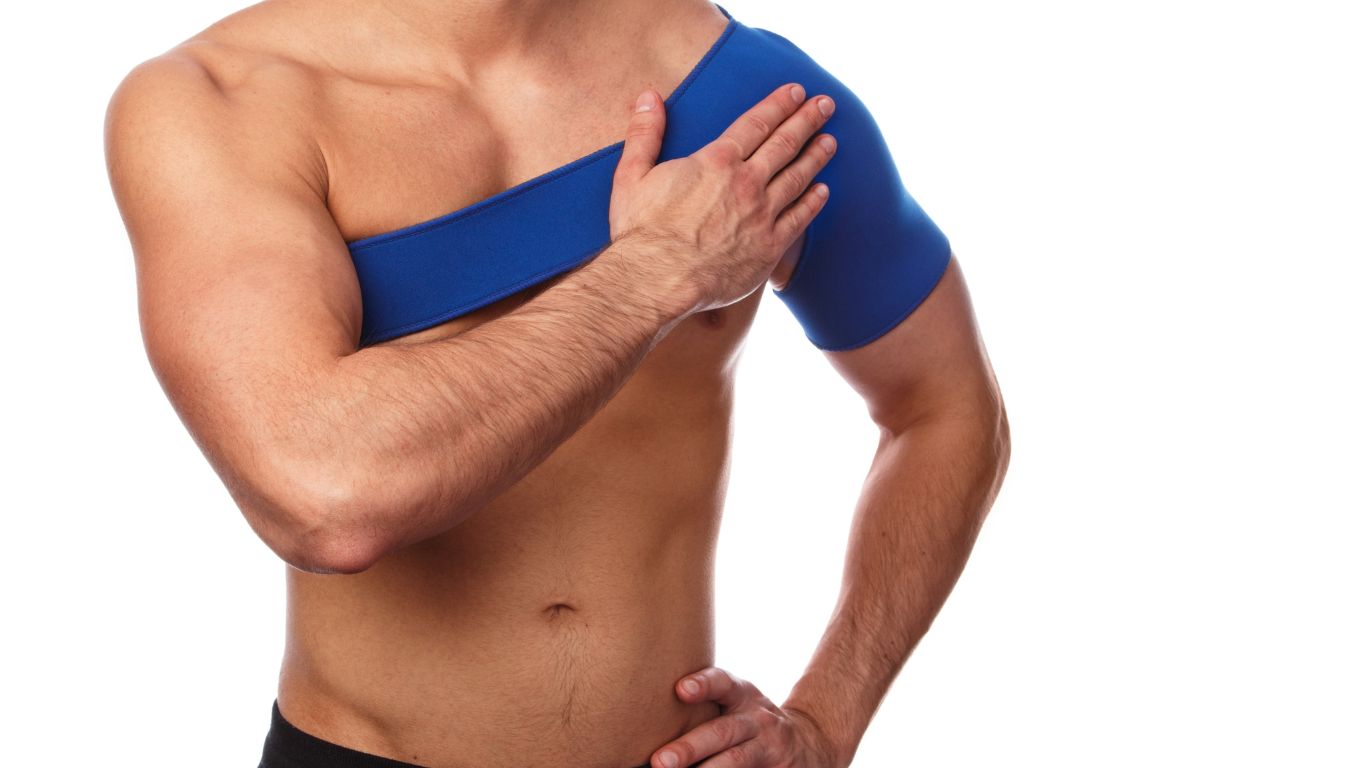Javelin throw is a track and field event in which athletes throw a spear-like object for distance. In this event, competitors propel a metal-tipped javelin through the air using a running approach and a throwing motion, aiming for maximum distance.
The javelin must land within a marked sector, and the athlete with the longest throw is declared the winner. Javelin throw requires a combination of strength, speed, and technique, making it an exciting and challenging sport to watch and participate in.
Whether you’re a fan or an athlete, javelin throw showcases the impressive athletic abilities of competitors and the thrill of seeing how far the javelin will travel.

Credit: www.tdk.com
Techniques For Javelin Throw
Mastering the techniques for javelin throw is essential for athletes looking to excel in this challenging sport. The correct execution of each phase—the run-up and approach, grip and release—is crucial to achieve maximum distance and accuracy in the throw. In this article, we will delve into these key techniques, providing valuable insights to help javelin throwers enhance their performance.
Run-up And Approach
The run-up and approach are fundamental components of the javelin throw. The athlete’s speed, acceleration, and body control during this phase significantly impact the overall throw. The crucial elements to focus on during the run-up and approach include:
- Footwork: Proper footwork is vital in generating power and maintaining balance. The athlete must execute quick, explosive steps while keeping the body aligned.
- Stride length: A consistent and controlled stride length allows the athlete to optimize power transfer from the running motion to the throw itself.
- Timing: Timing is crucial in the javelin throw. The athlete must ensure a smooth transition from the run-up to the throwing position, avoiding any abrupt movements that may affect accuracy.
Grip And Release
The grip and release of the javelin are crucial factors that directly impact the trajectory, flight, and distance of the throw. Paying attention to the following aspects can help improve grip and release technique:
- Grip: Achieving a proper grip on the javelin is essential for controlling the release. The athlete should hold the javelin near the center of gravity, with the index finger and thumb forming a firm and secure grip.
- Release: The release phase determines the angle at which the javelin leaves the thrower’s hand, impacting the trajectory. It is essential to release the javelin at the right moment while maintaining perfect arm and hand coordination.
- Follow-through: Proper follow-through after the release helps increase distance and accuracy. Athletes should focus on extending their throwing arm forward and maintaining balance during this phase.
By honing their techniques in the run-up and approach, as well as the grip and release, javelin throwers can improve their throwing distance and accuracy. Consistent practice, combined with expert guidance, will play a vital role in enhancing overall performance in this challenging and exciting sport.

Credit: www.coachup.com
Training For Javelin Throw
Training is a crucial component of achieving success in javelin throw. To excel in this sport, athletes must develop and maintain a combination of strength, speed, agility, flexibility, and mobility. In this article, we will explore the key areas of training that are essential for a javelin thrower’s performance:
Strength And Conditioning
Strength and conditioning training plays a vital role in maximizing javelin throw performance. It is important for athletes to build overall muscular strength, particularly in the upper body, to generate power during the throw. Weightlifting exercises such as overhead press, bench press, and rowing movements are beneficial in developing a strong core and shoulder girdle. Additionally, incorporating exercises that target the lower body, such as deadlifts and squats, can help improve stability and generate explosive power during the throw.
Speed And Agility
Speed and agility are essential for javelin throw as they directly impact the athlete’s ability to generate momentum and release the javelin with optimal force. Incorporating sprinting exercises, such as interval training, can help improve the athlete’s speed, while drills focusing on change of direction and footwork can enhance agility. Plyometric exercises, such as box jumps and lateral jumps, are also effective in developing explosive power and quickness, both of which are essential for a successful throw.
Flexibility And Mobility
Flexibility and mobility are often overlooked in javelin throw training but are equally significant. Improving flexibility in the muscles and joints allows for a larger range of motion, enabling the athlete to achieve optimal throwing positions. Regular stretching exercises should target key muscle groups involved in the throw, including the shoulders, hips, and spine. Incorporating mobility exercises, such as leg swings and thoracic spine rotations, can also help improve the athlete’s ability to generate power and maintain proper technique during the throw.
By focusing on these key areas of training – strength and conditioning, speed and agility, and flexibility and mobility – javelin throwers can optimize their performance and increase their chances of achieving success in this demanding sport.

Credit: www.tdk.com
Frequently Asked Questions On Javelin Throw
What Is Javelin Throw?
Javelin throw is an athletic event in which a competitor throws a javelin as far as possible, using a running approach and a specific technique.
How Long Is A Javelin Throw?
The length of a javelin throw varies depending on the category of the competition. For men, the javelin length is typically around 2. 7 meters. For women, the length is around 2. 2 meters.
What Muscles Are Used In Javelin Throw?
The main muscles used in javelin throw are the shoulder muscles, including the deltoids, rotator cuff muscles, and trapezius muscles. Additionally, the core muscles, hip muscles, and arm muscles are also engaged during the throwing motion.
What Are The Rules Of Javelin Throw?
In javelin throw, the athlete must stay within the throwing arc while maintaining control of the javelin. The throw is measured from the point where the javelin first hits the ground. Additionally, there are rules regarding fouls, equipment specifications, and start line restrictions.
Conclusion
The javelin throw is an awe-inspiring athletic event that requires immense skill, technique, and power. From its historical origins to its modern-day prominence in the Olympics, this sport has captivated audiences worldwide. Whether you are a fan or an aspiring athlete, the javelin throw offers an exciting and competitive experience.
So, grab the spear, perfect your stance, and let the javelin fly through the air, leaving spectators in awe of your talent.









